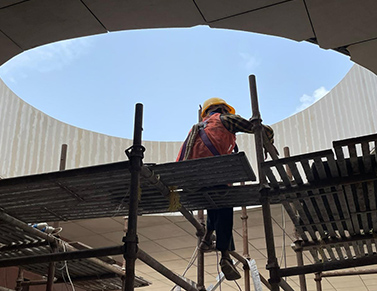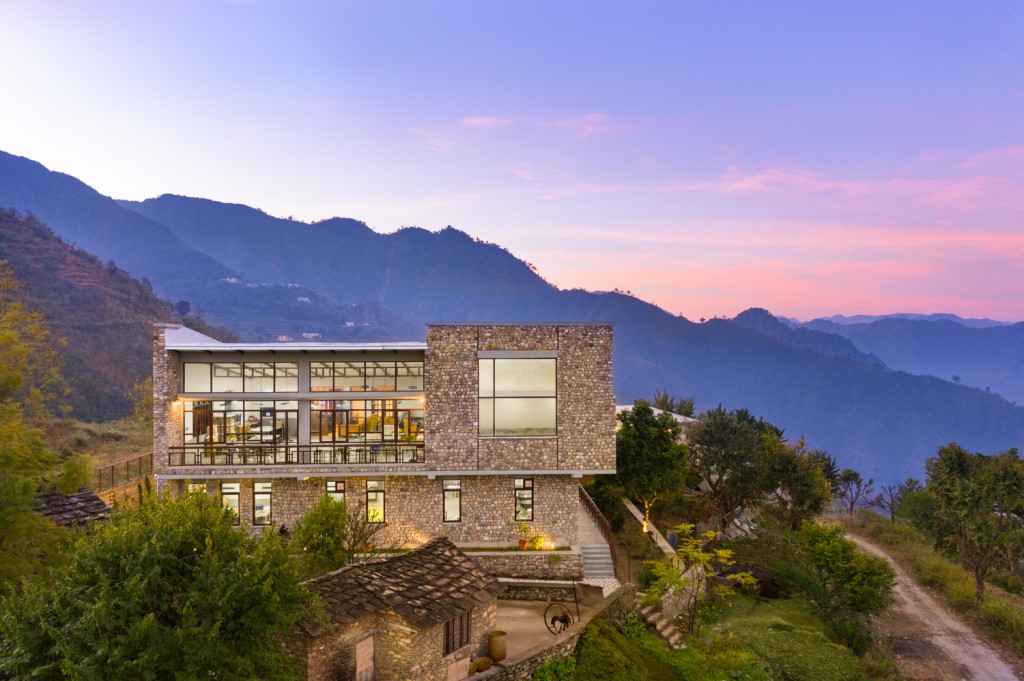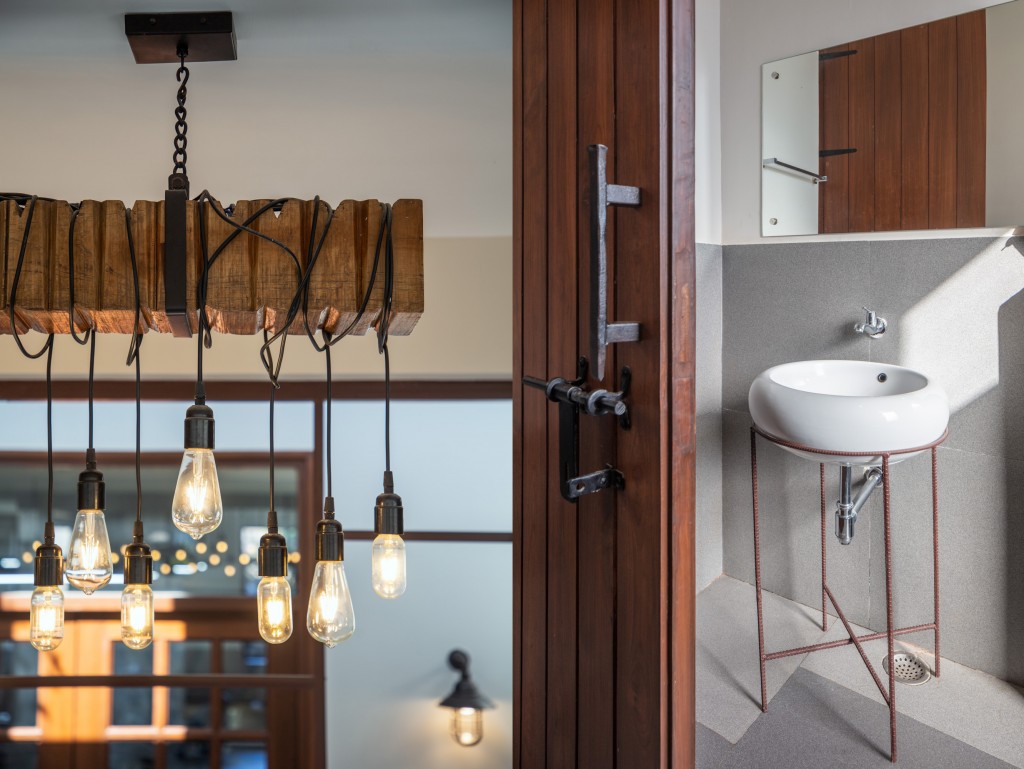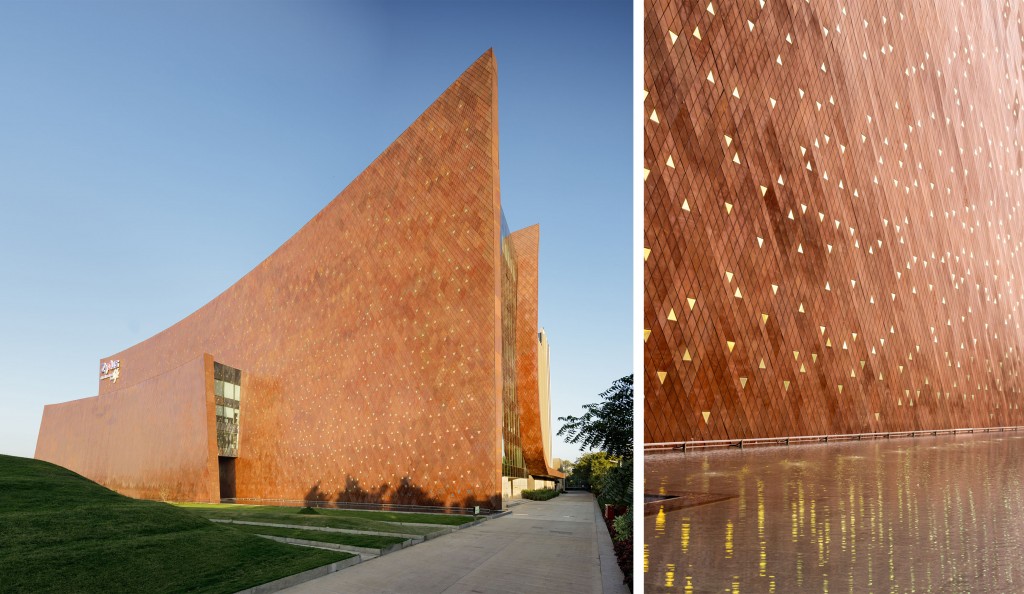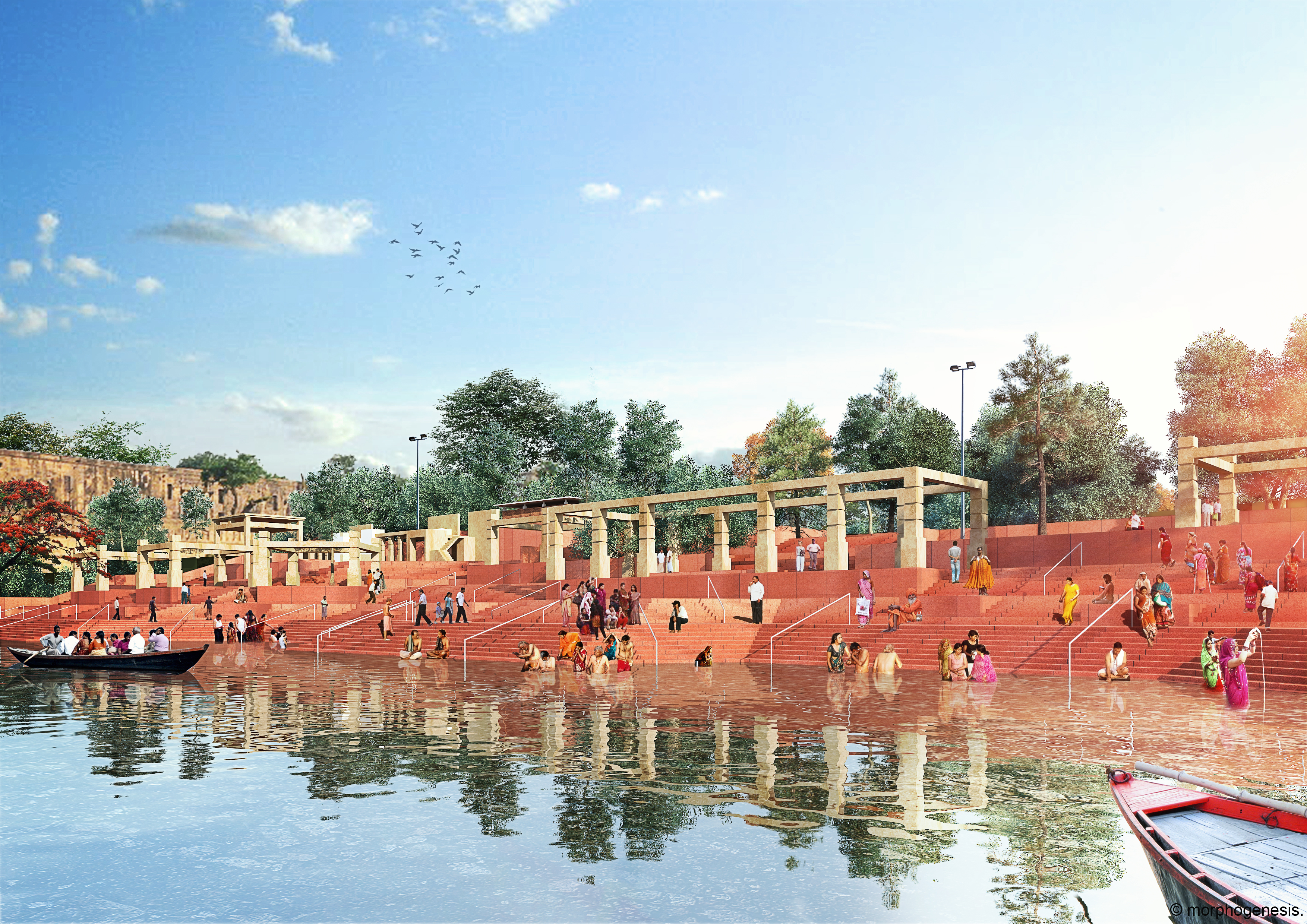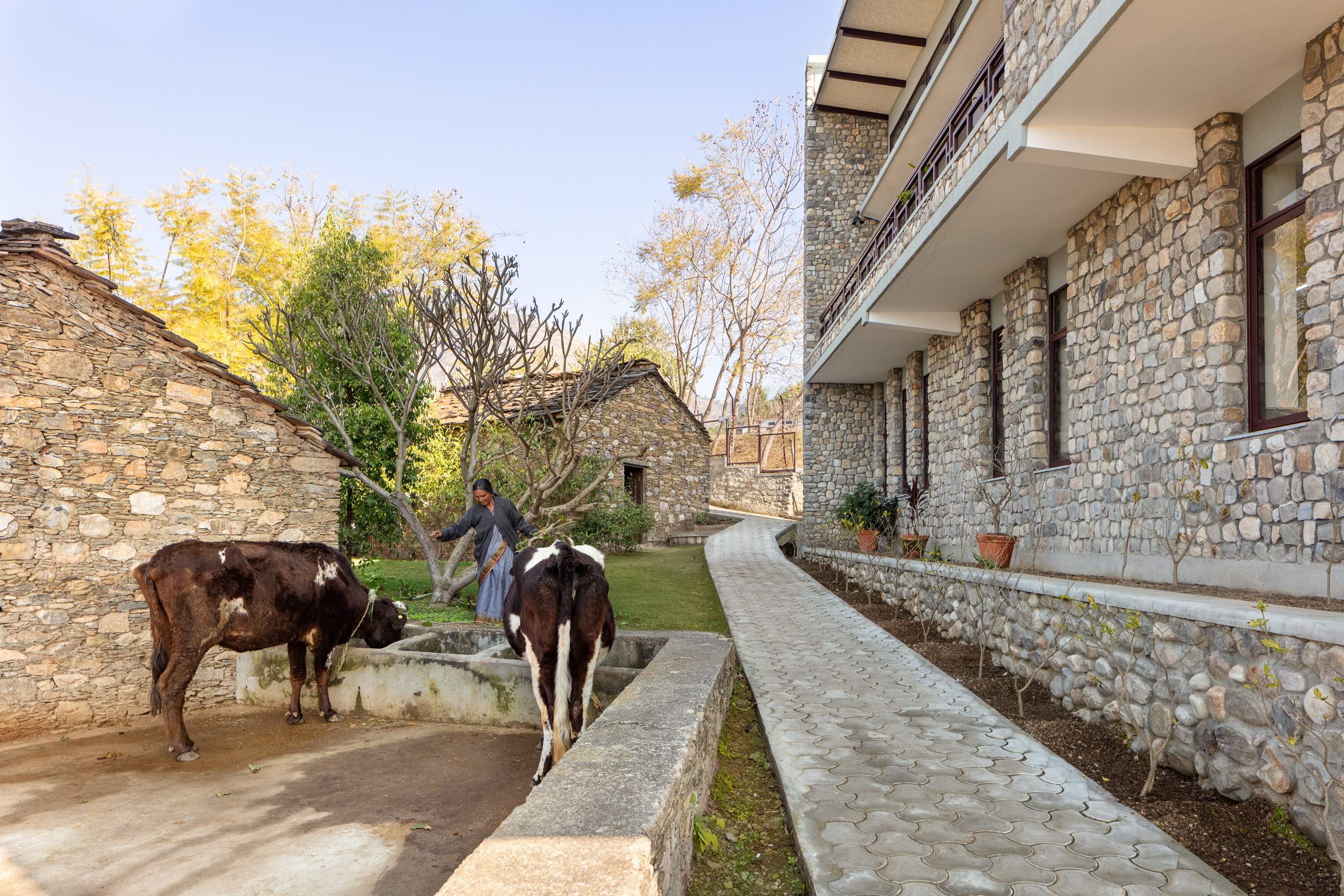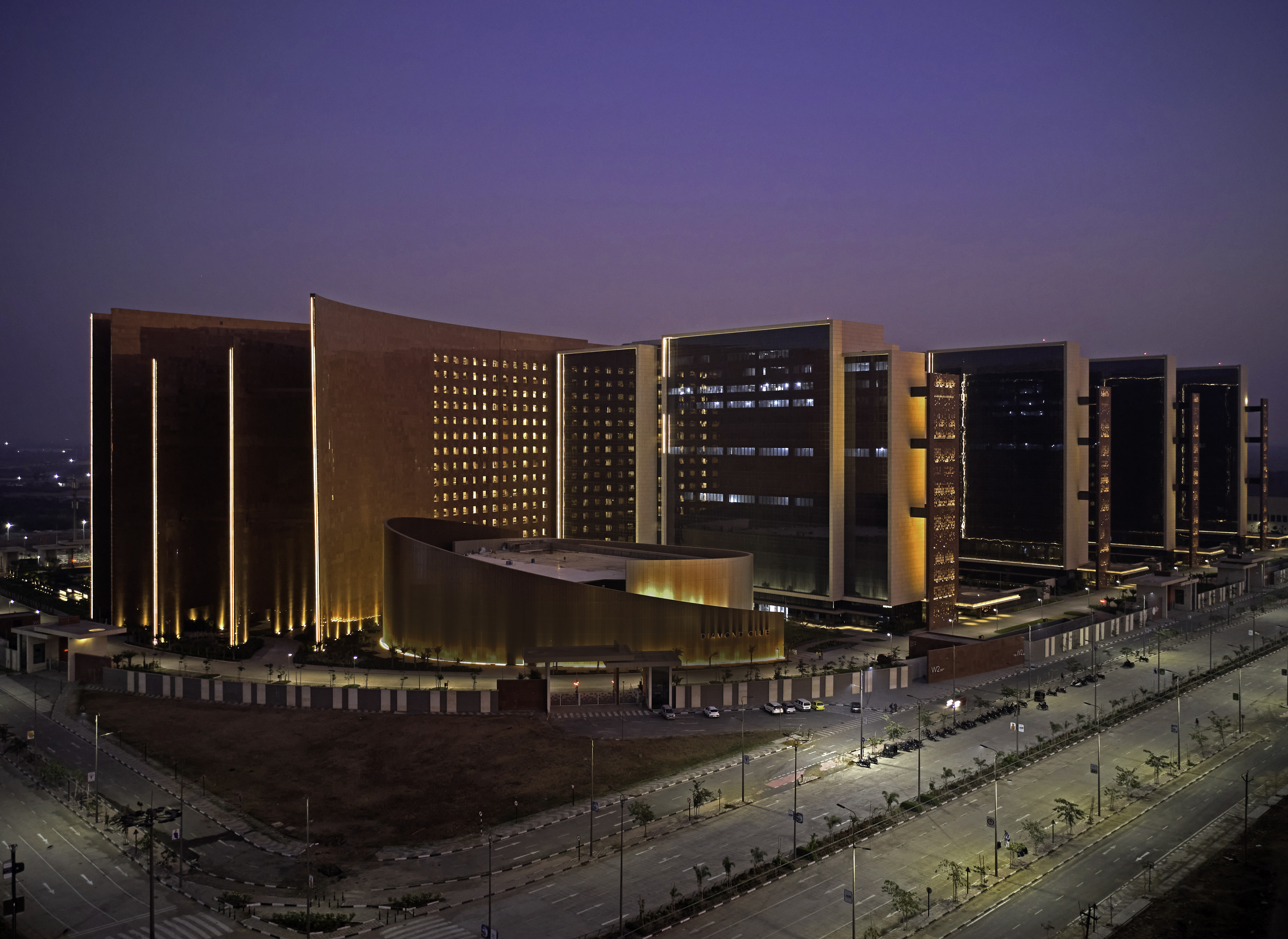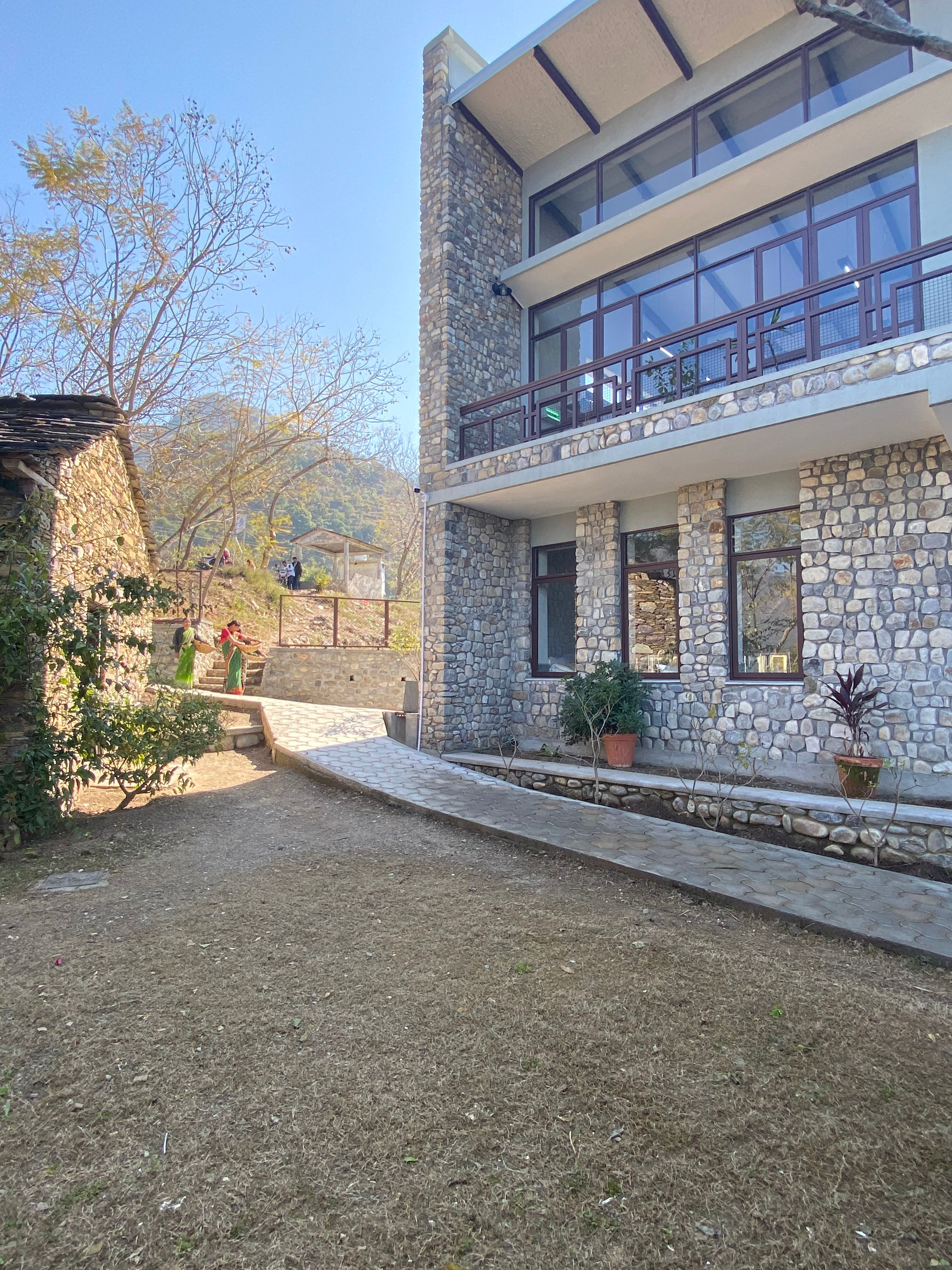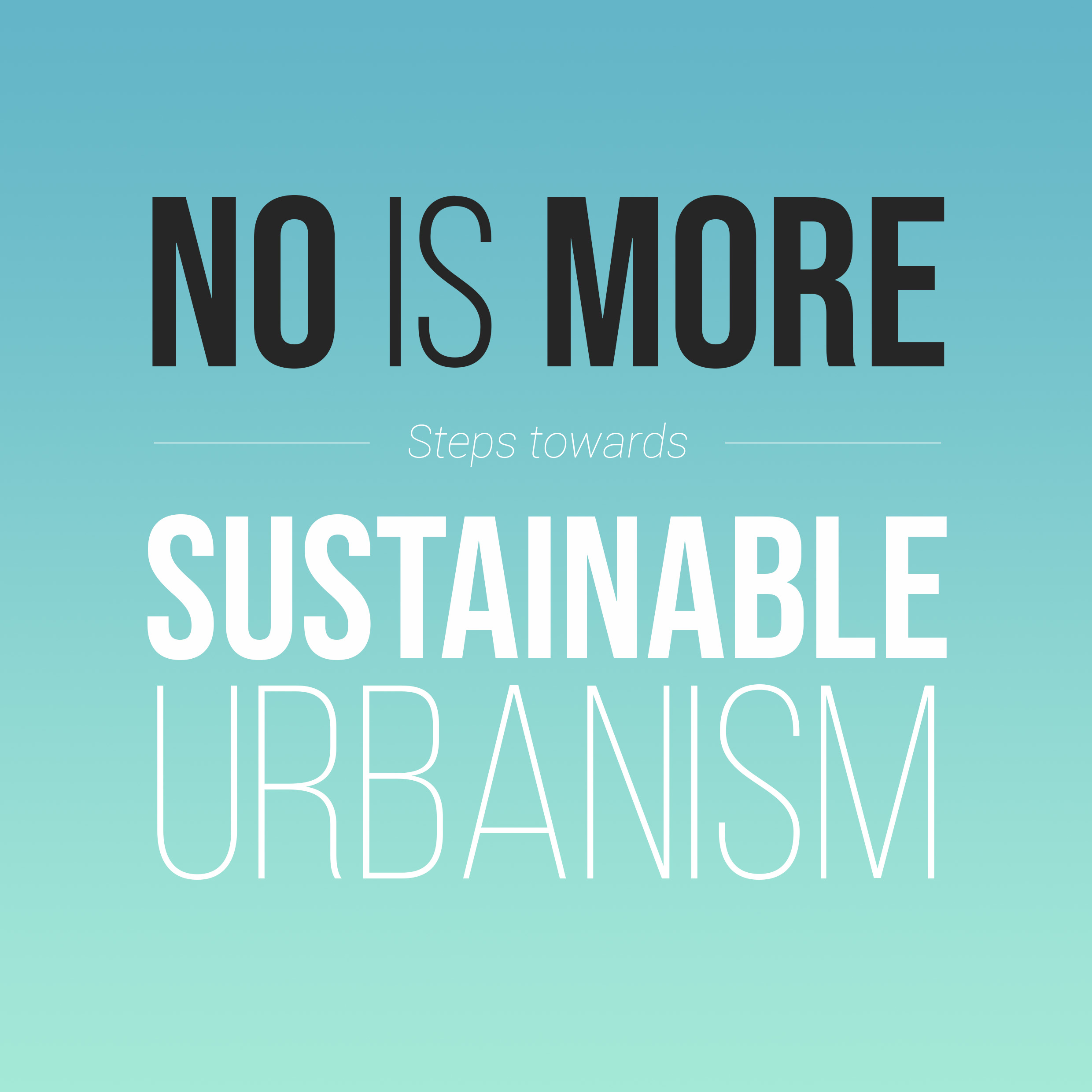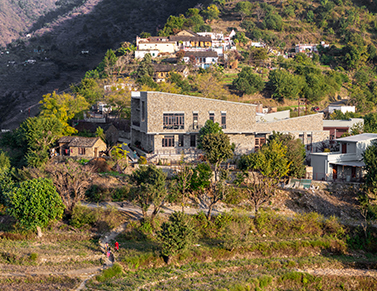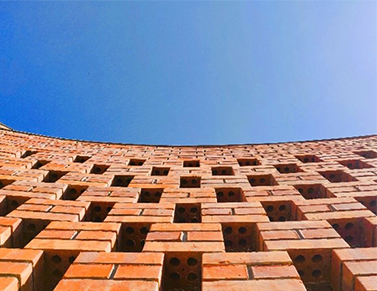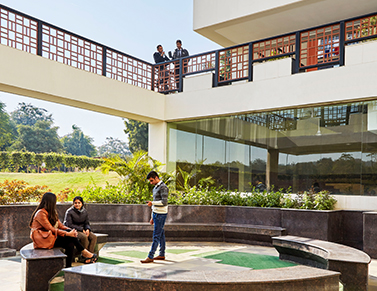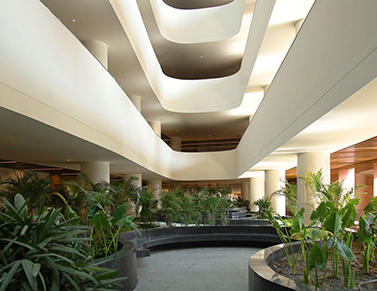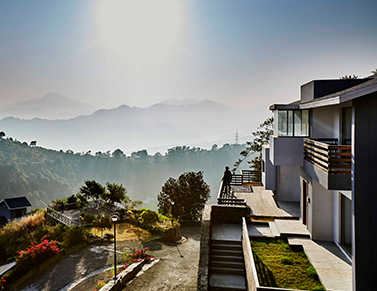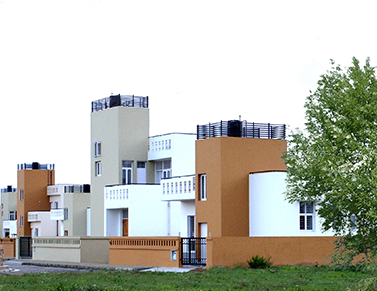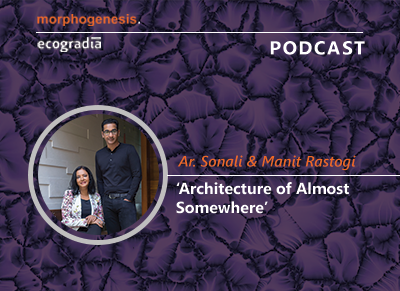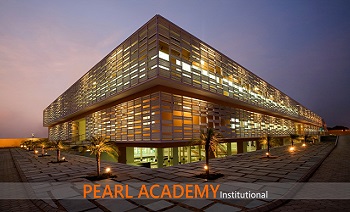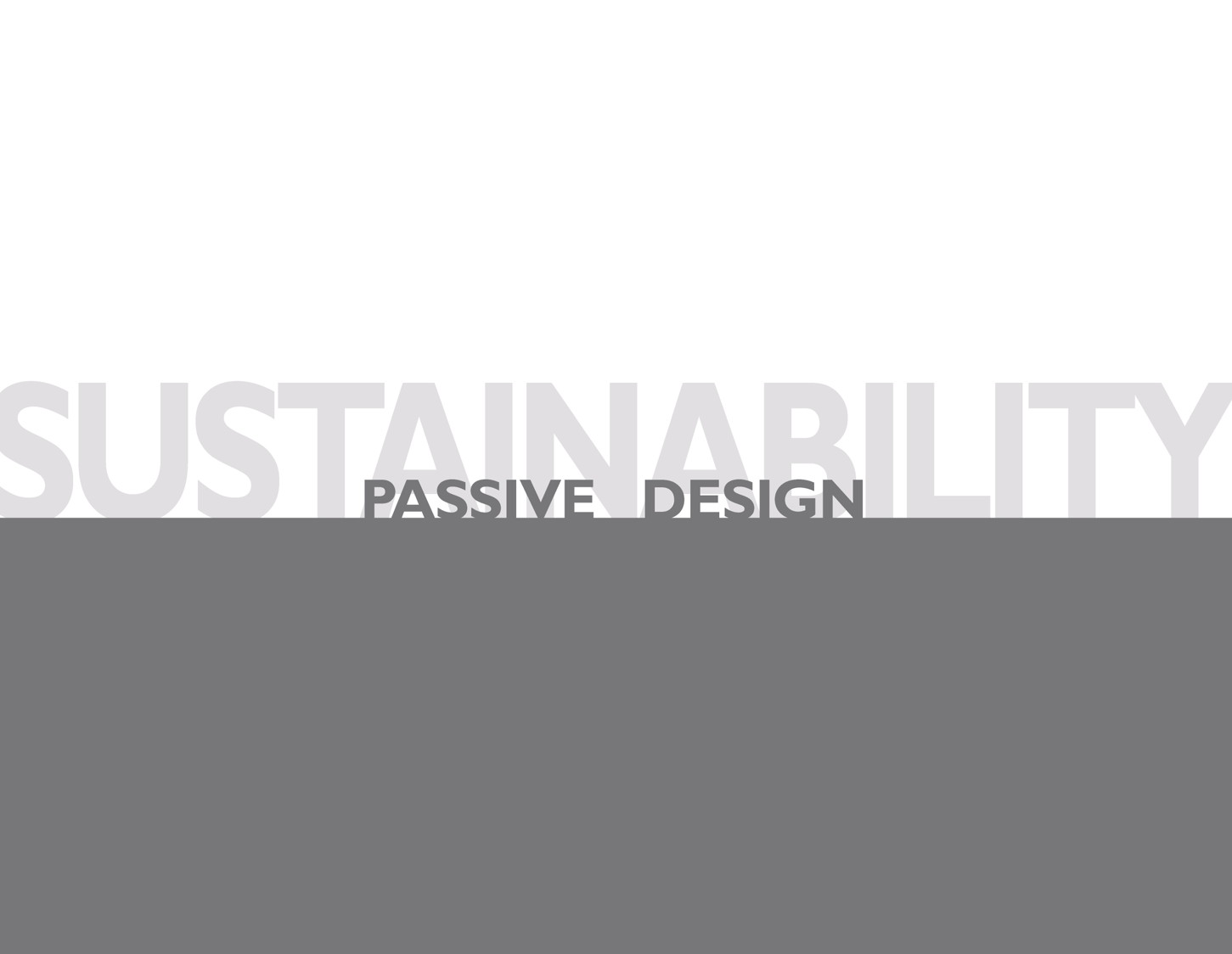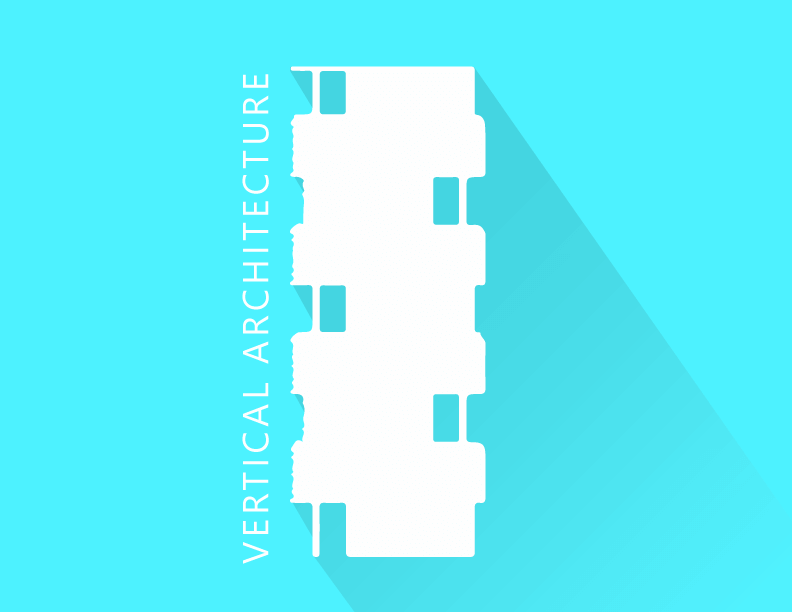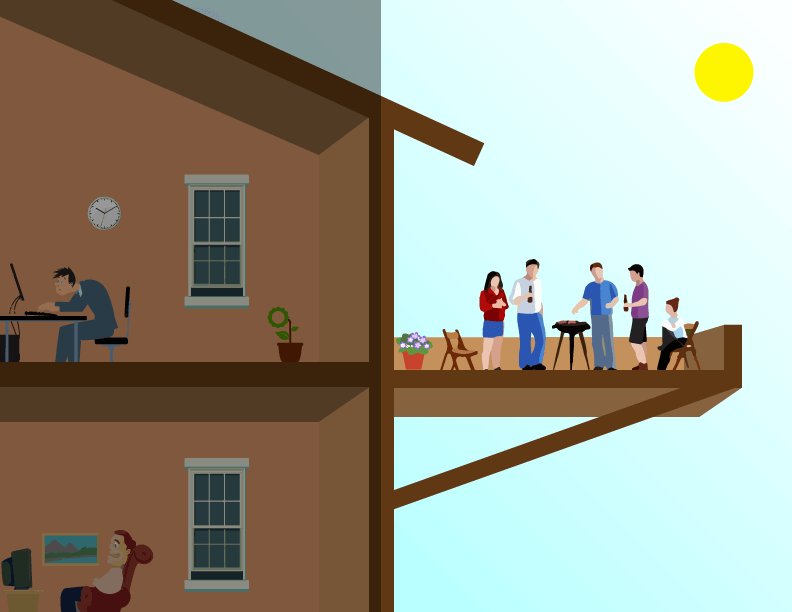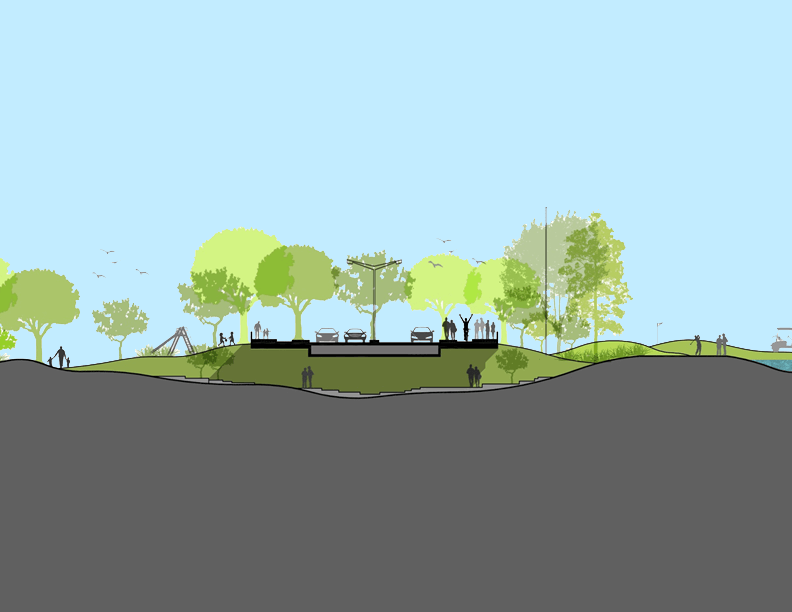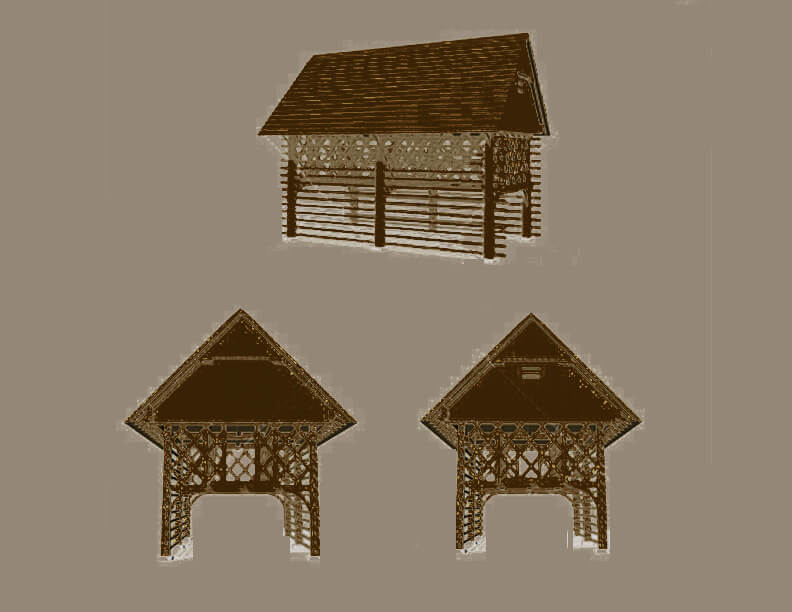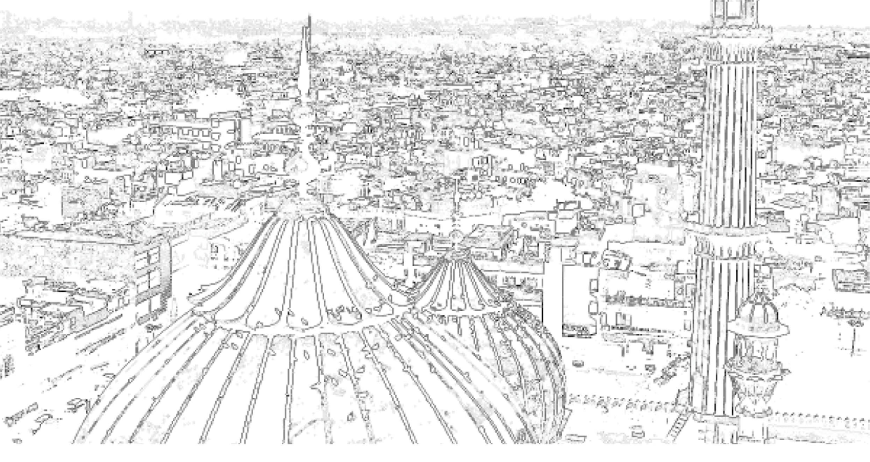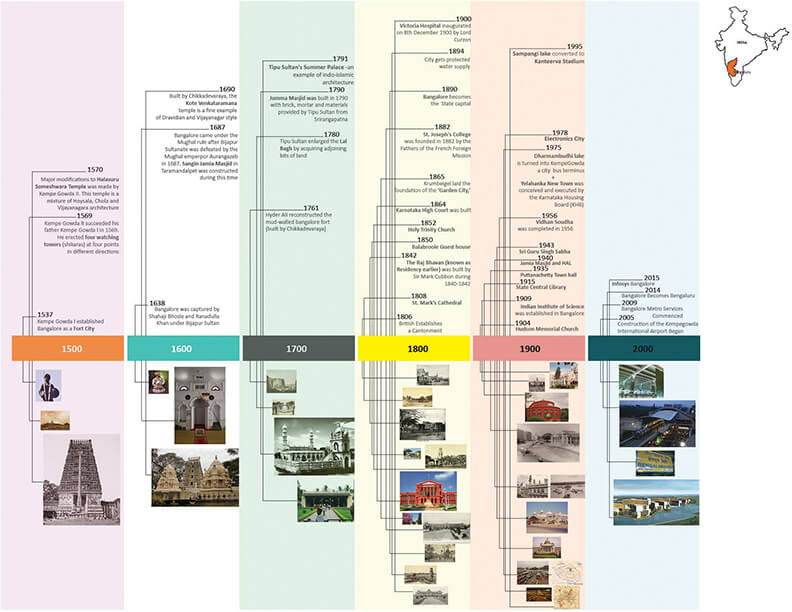While much of the construction we see today is driven by trends in materials or aesthetics, it is high time we recognise that sustainability is the non-negotiable need of the hour. Sustainable architecture is about minimal possible intervention and maximum conservation of energy, about doing more with less. With this as the central objective, here are a few trends in construction that need an immediate rethink.
Unsustainably importing construction materials
Shipping materials across the world for their aesthetic quality is a fad that needs to be scrapped immediately. Sourcing materials locally, in addition to minimising the cost incurred due to transportation, also reduces a significant portion of the carbon emitted during the process.
This ideology is reflected in one of our projects in Rishikesh, where the use of vernacular materials, techniques, and village labour forms the project’s ethos. Waste materials at the site have been repurposed and used—reclaimed wooden rafters as light fixtures, waste purlin sections as tube light holders, stone chisels as door handles, and re-bar as wash basin pedestals.
Excluding local communities
Buildings that include the local community perform better and improve the quality of life of the people as opposed to ones that only selectively serve the client with little community engagement. For example, in Surat, the driving force for the design of a large-scale office building was the city’s community of diamond traders. The building, commissioned by the community of diamond traders, is built in a democratic manner, as a cooperative. The community worked to ensure that the building catered to the needs of all traders, with large designated office spaces for the large-scale traders as well as informal courtyard spaces that can be used flexibly by small-scale traders. The building is thus a result of the collective agency exercised by the community.
An architecture of nowhere
In an attempt to create a unique identity for buildings, designers often reach for global iconicism, creating unfamiliar architecture that is not harmonious with its surroundings. Unlike context-appropriate projects that engage with local artisans or draw from local building traditions to produce recognisable architecture, these structures can belong anywhere.
For instance, one of our commercial projects in Ahmedabad references the form of the Pavagadh Fort, a fortress of the old city. A peaked profile characterises the monolith, and the three rampart-like walls forming the western facade shield the interiors from the harsh summer sun. The surface of the doubly-curved Corten steel bulwarks is articulated in the intricate geometries of the region’s traditional Kansara metal craft with embedded triangular glass tubes inspired by the mirror work on vernacular Bhunga dwellings. The building establishes a sense of place by reimagining Gujarat’s rich crafts in a contemporary idiom and focusing on simple passive design strategies.
Underutilising natural resources
Nature is the best representation of a closed-loop system—it creates maximum impact with limited resources and almost zero waste. Visualising our projects as a blank canvas with no natural resources at our disposal—no electricity, power, or water, can help us realise their potential and how they should be consumed optimally.

